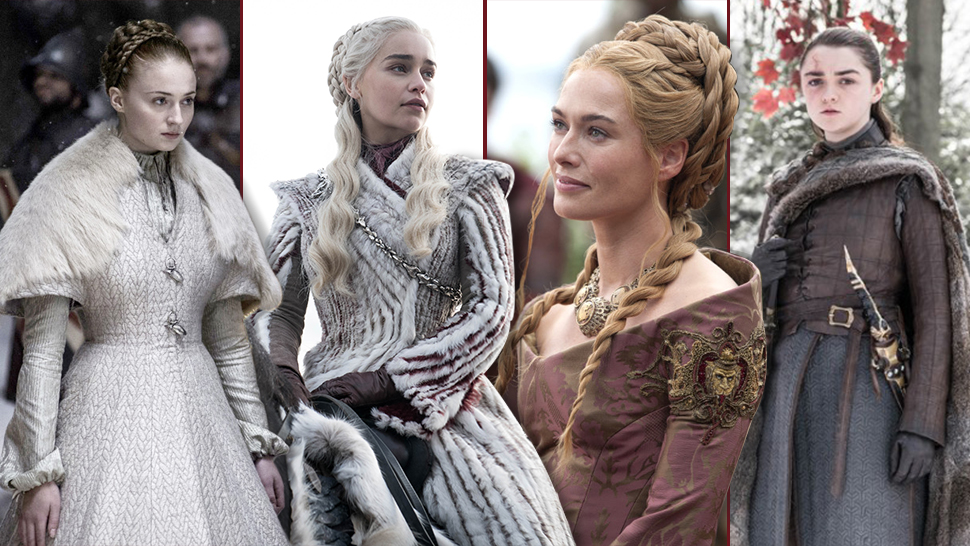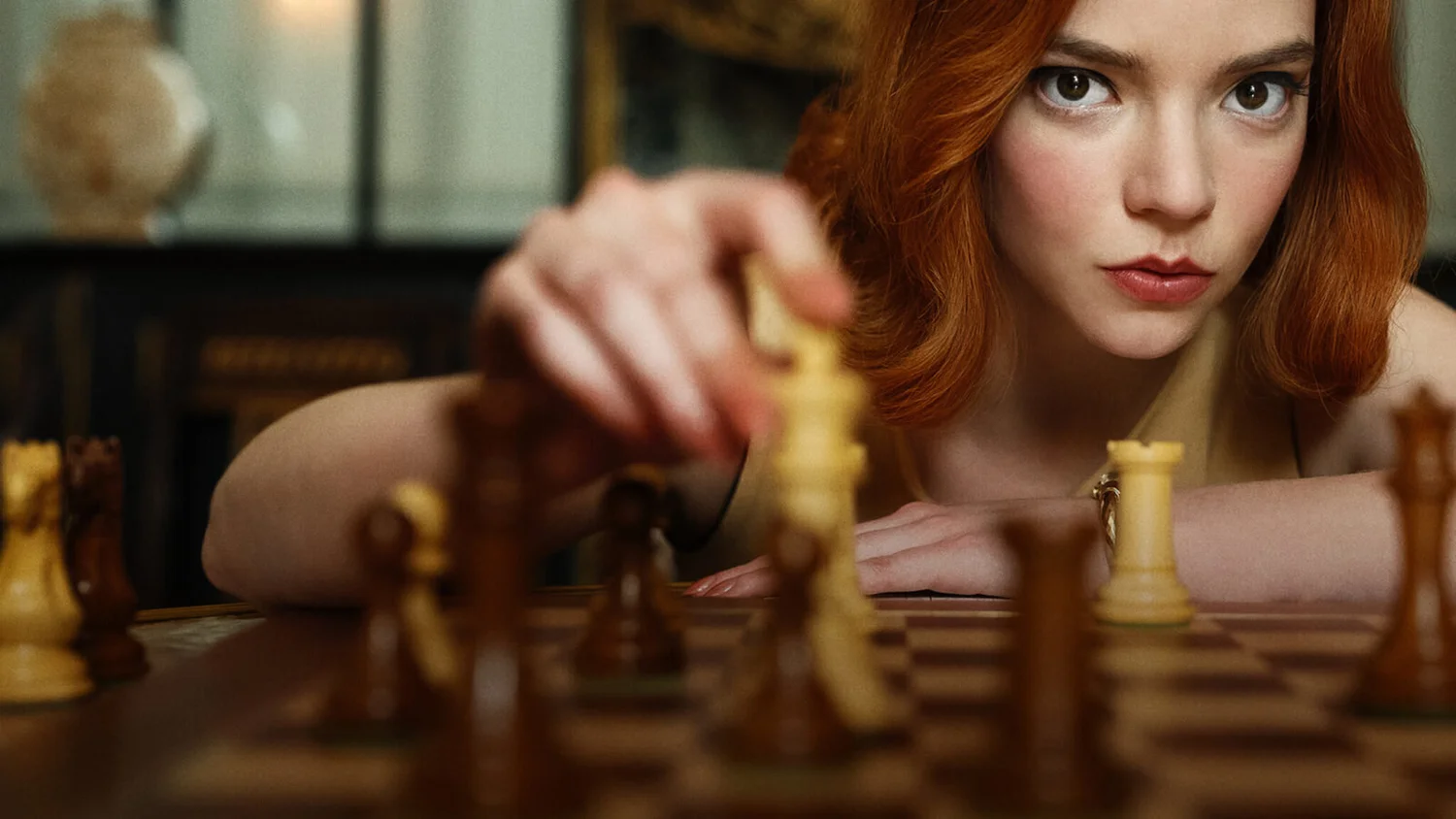The costume design in Game of Thrones is widely praised for its depth, symbolism, and craftsmanship — thanks to the work of award-winning costume designer Michele Clapton. Every piece, from armor to court gowns, helped shape the political, cultural, and emotional identity of each character and region in Westeros. Rather than simply dressing actors, the costumes acted as storytelling tools that revealed alliances, social hierarchy, and internal transformation.
One of the most distinctive elements is how each house and region carries its own visual language. The North features heavy fabrics, furs, and dark tones — communicating a life shaped by cold and hardship. The Lannisters, in contrast, wear rich reds, metallic gold details, and structured silhouettes to reflect wealth, pride, and power. Daenerys Targaryen’s wardrobe evolves more dramatically than any character’s: beginning with soft, flowing Dothraki fabrics and gradually shifting into darker, more armored looks as she grows more authoritative. Her final costumes incorporate dragon-scale textures, visually tying her identity to her lineage.
Armor design is another major achievement, blending historical influences with fantasy elements. The Kingsguard’s polished armor, the Unsullied’s functional shields and leather, and the Dornish warriors’ lighter desert-inspired gear each reflect cultural authenticity within the fictional world. Even subtle details — embroidery, sigils, fabric aging, and layered materials — contribute realism and emotional weight to the narrative. Game of Thrones succeeded not only because of its story, but because its costume design made every kingdom, every character, and every transformation feel tangible and believable.





